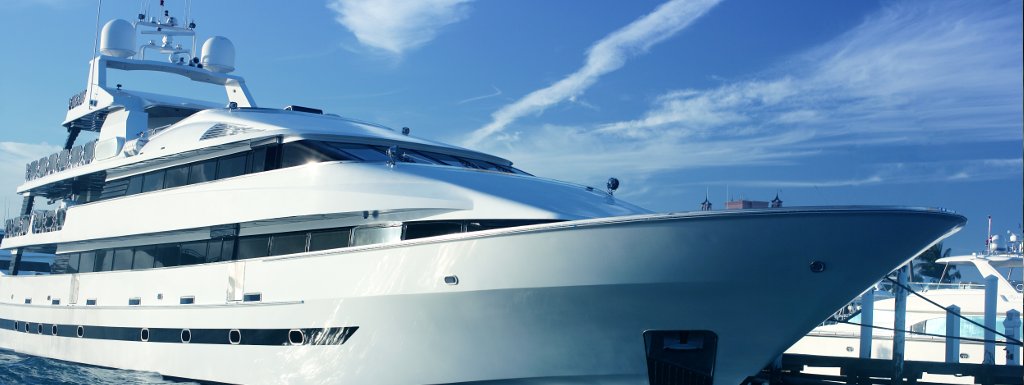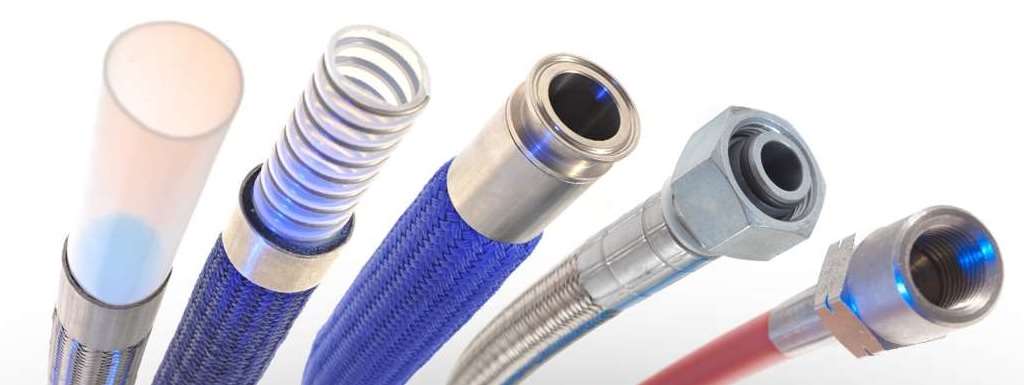Marine

Features and benefits PTFE
- Ability to handle a wide temperature variance: -60⁰C to +260⁰C
- Not affected by heat aging, Ozone or UV exposure; extreme reliability and longer service life
- Compatible with a wide range of chemicals and additives
- Proven “long life” resulting in improved safety
- Lowest co-efficient of friction—better system efficiency due to lower pressure drops
- Superior flex fatigue life and non-flammable
- Very low permeability rates
- Excellent volumetric expansion
- Hydrophobic, so Zero water ingress
- Compatible with blends of gasoline, ethanol, diesel, petroleum, CNG and LPG
- Flexible/preformable for easy routing
Mainly, PTFE hoses in marine applications are situated around fuel systems, heat-exchangers, coolant systems and inboard engines. The requirements for fluid transfer hoses are even more critical than those in the automotive segment, especially regarding flammability and fire resistance. Most fires do start either by malfunction of the electric system, fuel leakage or overheating. It is crucial that these hoses are robust, operate safely in harsh environments and do not lose their properties during their service life.
The unique characteristics of PTFE hoses make it an ideal choice for marine applications. PTFE hoses operate in a wide temperature range, from - 60°C up to 260 °C. PTFE is compatible with every fuel blend known, is non corrosive and is not effected by heat aging, Ozone or UV attack and thus is extremely reliable and has a longer service life. PTFE shows excellent flex fatigue. The addition of a small percentage of carbon black also allows fuel lines to dissipate any potential static charges for added safety. PTFE is non-flammable and reduces noise during transfer compared to metal tubes.
